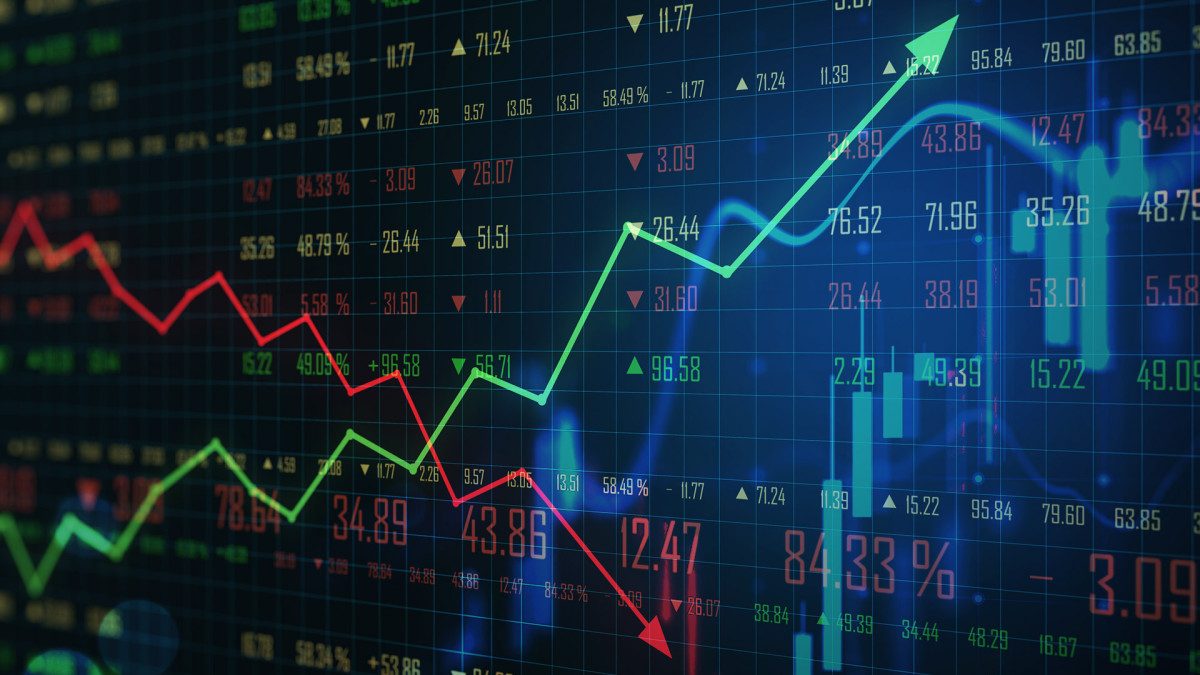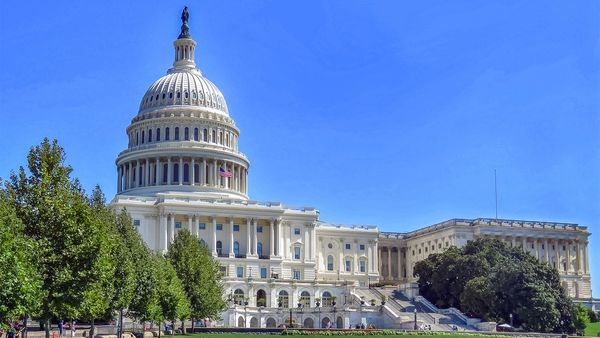
Stocks rose Friday, as stronger-than-expected jobs data spurred investor enthusiasm about the economy.
A strong economy means strong earnings, which means rising share prices. Non-farm payrolls rose 254,000 in September, up from 159,000 in August. And the unemployment rate dipped to 4.1% from 4.2%.
Don't miss the move: Subscribe to TheStreet's free daily newsletter
The buoyant numbers argue for a soft landing for the economy, many experts say. That’s a continued reduction of inflation without a downturn for the economy.

That sentiment is boosting stocks. “Markets can have confidence to maintain their recent euphoria and continue broadening out,” Lara Castleton, U.S. head of portfolio construction and strategy at Janus Henderson, wrote in a commentary.
The euphoria stems from the S&P 500’s climb to 43 record closing highs this year. And the “broadening out” refers to the rally’s spread beyond huge technology companies.
“We should be wary, however, of putting too much emphasis on one jobs print, particularly given the recent trend of downward revisions,” Castleton said.
Jobs numbers will likely make Fed less dovish
The employment data should keep the Federal Reserve from cutting interest rates by 50 points in November as it did in September, experts say. Interest-rate futures point to a 97% probability that the Fed will trim rates by 25 basis points at its next meeting – and a 3% chance of no move.
“The Fed will breathe a sigh of relief to see job growth pick up in September after a soft patch in the summer,” said Bill Adams, chief economist for Comerica Bank in Dallas.
Stock bulls and bears can both make hay out of the view that the Fed will lower rates in just small amounts. Bulls can argue that smaller rate cuts are a sign of strength in the economy.
Related: Veteran fund manager highlights lurking stock market risk
And bears can argue that rate cuts generally boost stocks, so the smaller the rate reductions, the lower the benefit for stocks.
Meanwhile, earnings and valuations present a mixed picture for the market.
Analysts expect earnings per share for the S&P 500 to increase 4.2% in the third quarter from a year earlier, according to FactSet. That would represent a slowdown from 11.3% in the second quarter, but it’s still a solid number.
Still, valuations look extended. As of Oct. 4, the S&P 500 traded at 21.4 times analysts’ earnings estimates for the next 12 months, FactSet says. That’s well above the five-year average of 19.5 and the 10-year average of 18.0.
Nationwide is ebullient on stocks
One expert who’s bullish is Mark Hackett, chief of investment research at Nationwide, the financial services company. He too cites the broadening of stocks that are climbing.
Over the past two months, the percentage of companies in the S&P 500 that have outperformed the index is the highest in 30 years, he said.
Related: Goldman Sachs' S&P 500 targets after Fed interest rate cut
In addition, “investor sentiment is strong, but not excessive,” Hackett wrote in a commentary. The Bank of America Bull & Bear Indicator stands at 6.0 (on a scale from 0-10), up from 5.4 last week.
“That’s the largest increase of the year, based on strong flows and supporting credit market technicals,” he said.
Goldman's Rubner is enthusiastic too
Scott Rubner, managing director for global markets at Goldman Sachs, is optimistic about stocks too. For the next three weeks, he expects heavy volatility, as stock supply tops demand.
But “I am bullish on equities for a year-end rally starting on Oct. 28, and I am worried that my 6,000 target is too low,” he wrote in a commentary Wednesday cited by Bloomberg.
Fund manager buys and sells:
- Experts cite stocks to buy after Fed rate cut
- Cathie Wood divests $23 million of surging tech stocks
- Top value fund manager says Alphabet is deep-value stock
That level would represent a 4.3% climb from Friday’s close of 5,751.
One major reason for Rubner’s enthusiasm: Since 1928, the S&P has risen 4% on average from Oct. 27 through year-end, Rubner said. In addition, investors switch from cash to stocks after the uncertainty of presidential elections fades, he said.
To be sure, Rubner's S&P 500 year-end target tops the 5,600 of Goldman’s chief US equity strategist David Kostin.
Related: The 10 best investing books, according to our stock market pros







